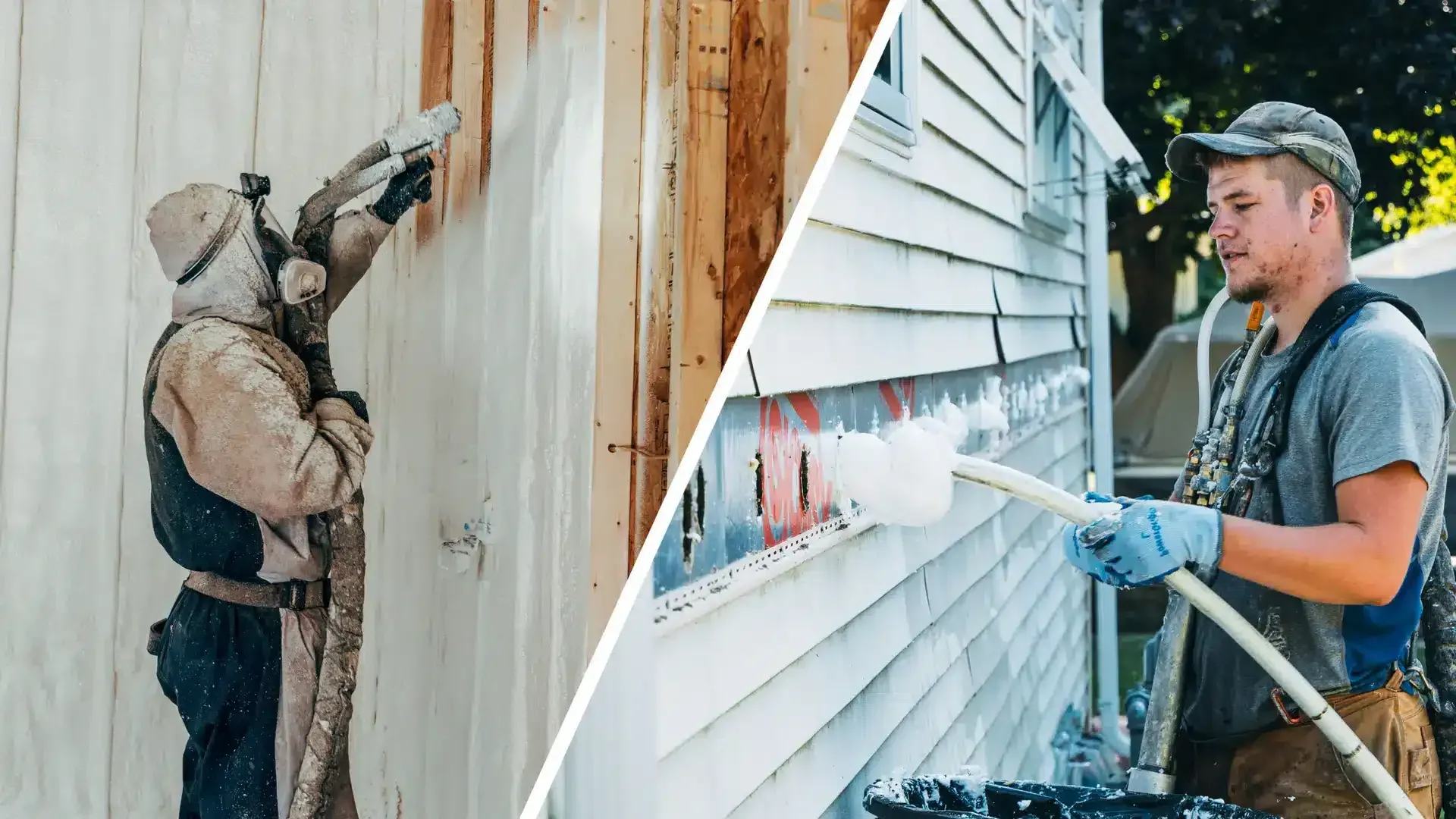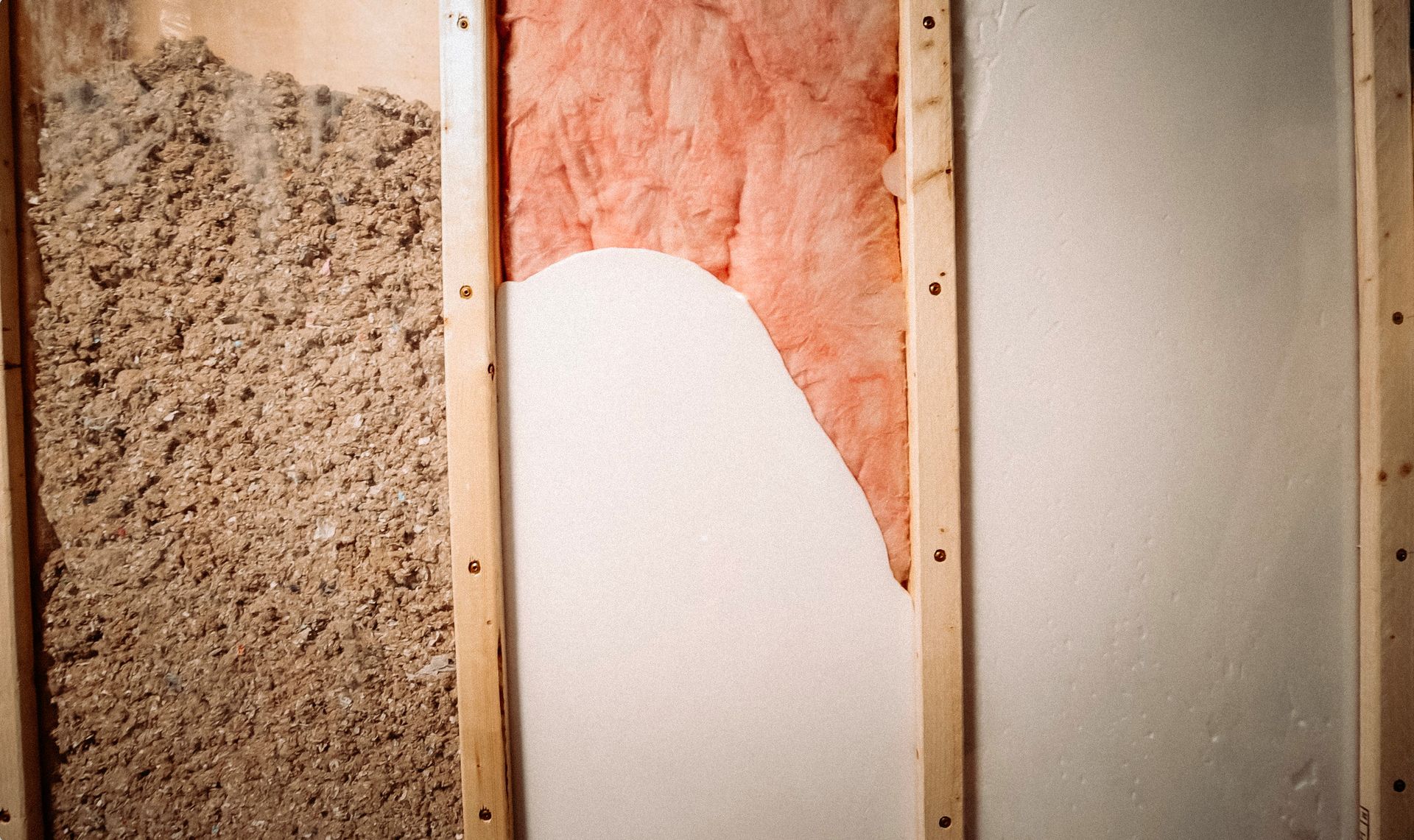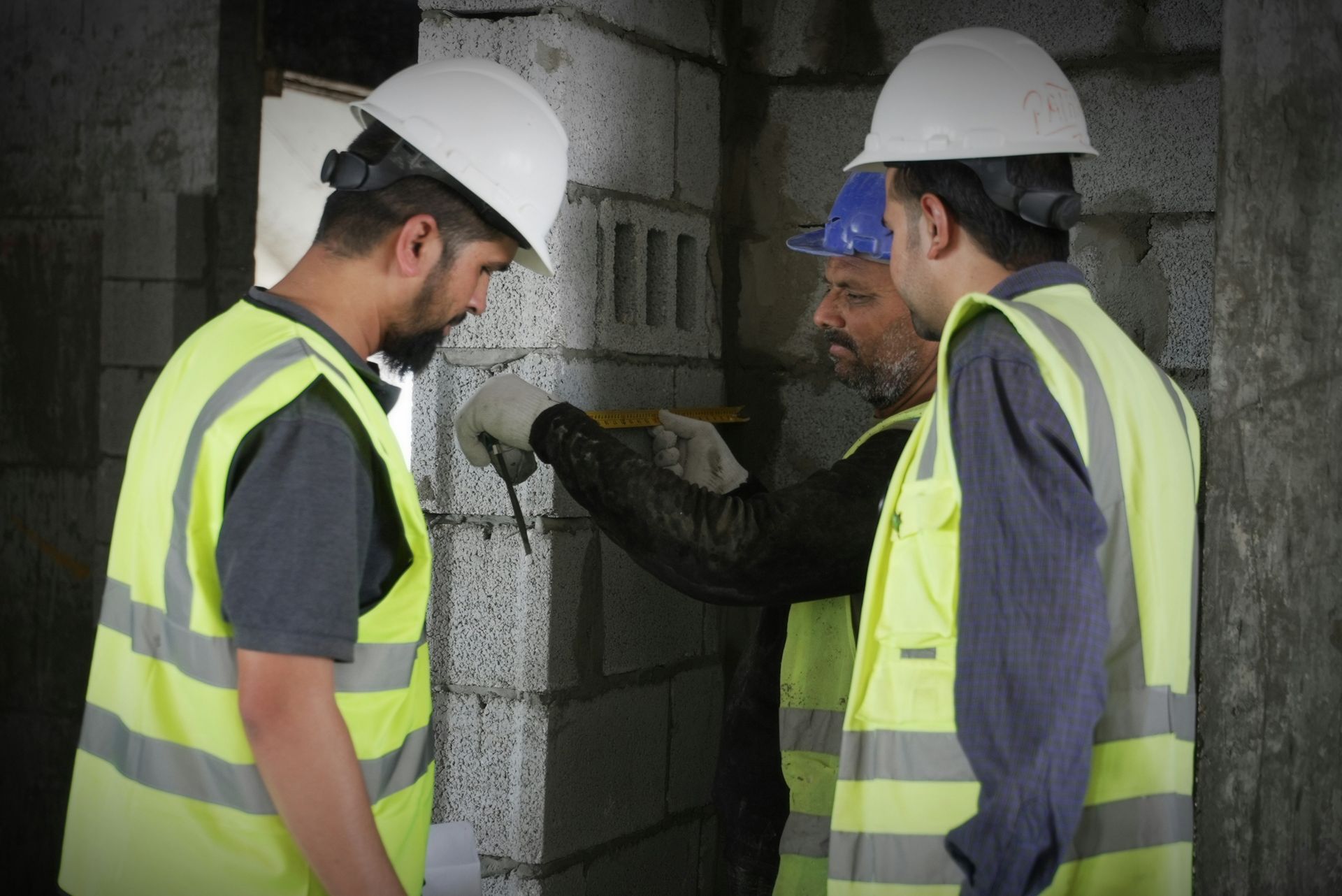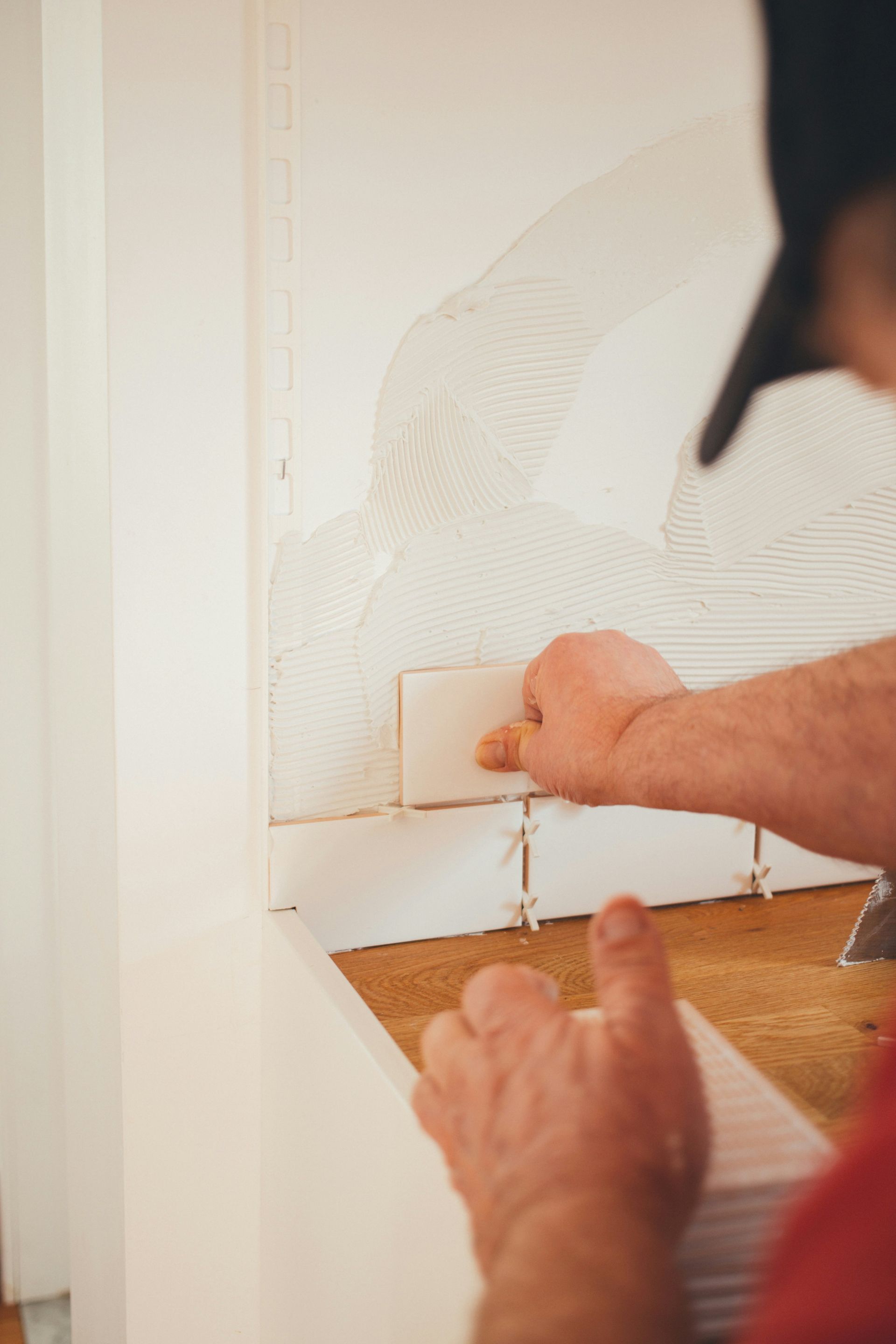Understanding the Difference: Spray Foam Insulation vs. Injection Foam Insulation
Spray foam insulation has gained popularity in recent years for its ability to create a seamless barrier against air infiltration and provide excellent thermal insulation. On the other hand, RetroFoam insulation offers a unique approach by injecting foam into existing walls, providing superior performance without the need for extensive renovation. Both options have their advantages and drawbacks, and understanding these differences is crucial for homeowners looking to improve their home’s energy efficiency and comfort. To delve deeper into the differences between spray foam and RetroFoam insulation, let’s explore each aspect in more detail.
1. APPLICATION METHOD
Spray Foam: Spray foam insulation is applied as a liquid that expands upon contact with surfaces, filling gaps and crevices to create a seamless barrier against air infiltration. It requires specialized equipment and trained professionals for proper application, and the process can be messy and time-consuming.
Spray foam insulation is applied using specialized equipment that mixes two chemical components on-site. These components react to create a foam that expands and fills gaps in walls, ceilings, and floors. The application process involves spraying the foam onto surfaces, where it expands and hardens to create a seamless barrier against air infiltration.
RetroFoam: RetroFoam insulation, on the other hand, is injected into existing walls through small holes strategically placed throughout the home using a specialized foam injection system. This method allows for precise and thorough insulation without the need for extensive renovation or demolition. The installation process is efficient and minimally invasive, with experienced contractors using state-of-the-art equipment to inject the foam into walls with precision. The foam expands to fill voids and gaps within the wall cavity, providing thorough insulation without the need for extensive renovation or demolition.

2. COMPOSITION
Spray Foam: Spray foam insulation typically consists of two chemical components that are mixed on-site during application. These components react to create a foam that hardens and expands, providing excellent thermal insulation and air sealing properties when properly installed.
RetroFoam: RetroFoam insulation is made of a specialized foam material designed to expand and fill cavities within walls. It does not contain any harmful chemicals or propellants, making it a safe choice for homes. The foam is injected into walls as a liquid and expands to fill voids and gaps, providing superior thermal performance and air sealing without the risk of off-gassing.
3. INSTALLATION PROCESS
Spray Foam: Installing spray foam insulation requires specialized equipment and trained professionals who are experienced in handling the equipment and chemicals involved to ensure proper application. The process involves spraying the foam onto surfaces, which can be messy and time-consuming. Additionally, the foam needs time to cure before the area can be occupied, leading to potential delays in the project timeline.
RetroFoam: RetroFoam insulation installation is efficient and minimally invasive. Our experienced contractors use state-of-the-art equipment to inject the foam into walls with precision, leaving little to no mess behind, minimizing disruption to the home.. Since RetroFoam is injected into existing walls, there is no need for extensive renovation or demolition, minimizing disruption to the home. The foam sets quickly, allowing homeowners to enjoy the benefits of improved energy efficiency and comfort without delay.
4. PERFORMANCE
Spray Foam: When properly installed, spray foam insulation provides excellent thermal insulation and air sealing properties. It creates a seamless barrier against air infiltration, reducing energy loss, drafts, and improving indoor comfort. However, improper installation can lead to issues such as off-gassing and reduced effectiveness.
RetroFoam: RetroFoam insulation offers superior thermal performance and air sealing without the risk of off-gassing. Its dense composition fills voids and gaps in existing walls, effectively blocking drafts and reducing energy costs. RetroFoam also helps dampen sound transmission, creating a quieter and more comfortable indoor environment. Additionally, since RetroFoam is injected into existing walls, it eliminates the risk of off-gassing associated with spray foam insulation.

5. COST
Spray Foam: The cost of spray foam insulation can vary depending on factors such as the size of the area to be insulated, the thickness of the foam, the price of materials, local labor rates, as well as any additional expenses associated with preparation and cleanup. While spray foam insulation tends to be more expensive upfront compared to other insulation options, it provides long-term savings on energy bills and improved comfort.
RetroFoam: RetroFoam insulation offers a cost-effective solution for homeowners seeking to improve energy efficiency without breaking the bank. While the initial cost may be higher than traditional insulation options, RetroFoam provides long-term savings on energy bills and improved comfort, making it a worthwhile investment for homeowners.
Conclusion: Choosing the Right Insulation for Your Home
In conclusion, both spray foam and RetroFoam insulation offer unique benefits and advantages for homeowners seeking to improve energy efficiency and indoor comfort. While spray foam insulation provides excellent thermal insulation and air sealing properties, RetroFoam insulation offers superior performance without the risk of off-gassing. Additionally, Mammoth Home Renovations’ efficient installation process and cost-effectiveness make it a convenient option for homeowners looking to upgrade their home’s insulation.
When choosing between spray foam and RetroFoam insulation, it’s essential to consider factors such as application method, composition, installation process, performance, and cost in addition to various qualities of an insulation company. By understanding the differences between these two insulation options, homeowners can make informed decisions that best suit their needs and budget.
If you’re searching for “insulation contractors near me” in Wisconsin’s northern region, look no further than Mammoth Home Renovations. Our experienced team is dedicated to providing top-quality insulation solutions that meet your needs and exceed your expectations. Contact us today to learn more about how RetroFoam can help you achieve a more comfortable and energy-efficient home.






Share On: